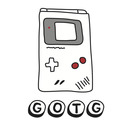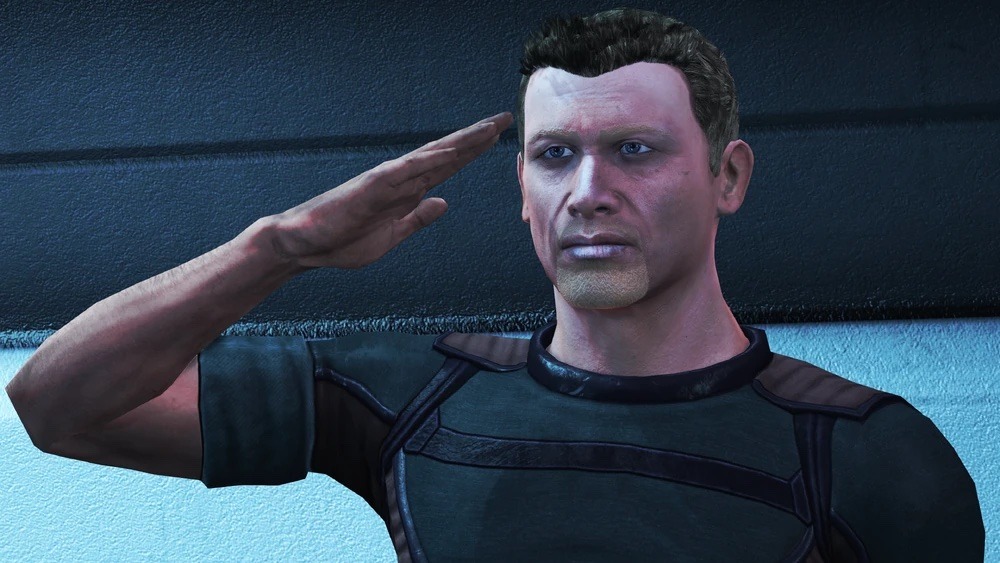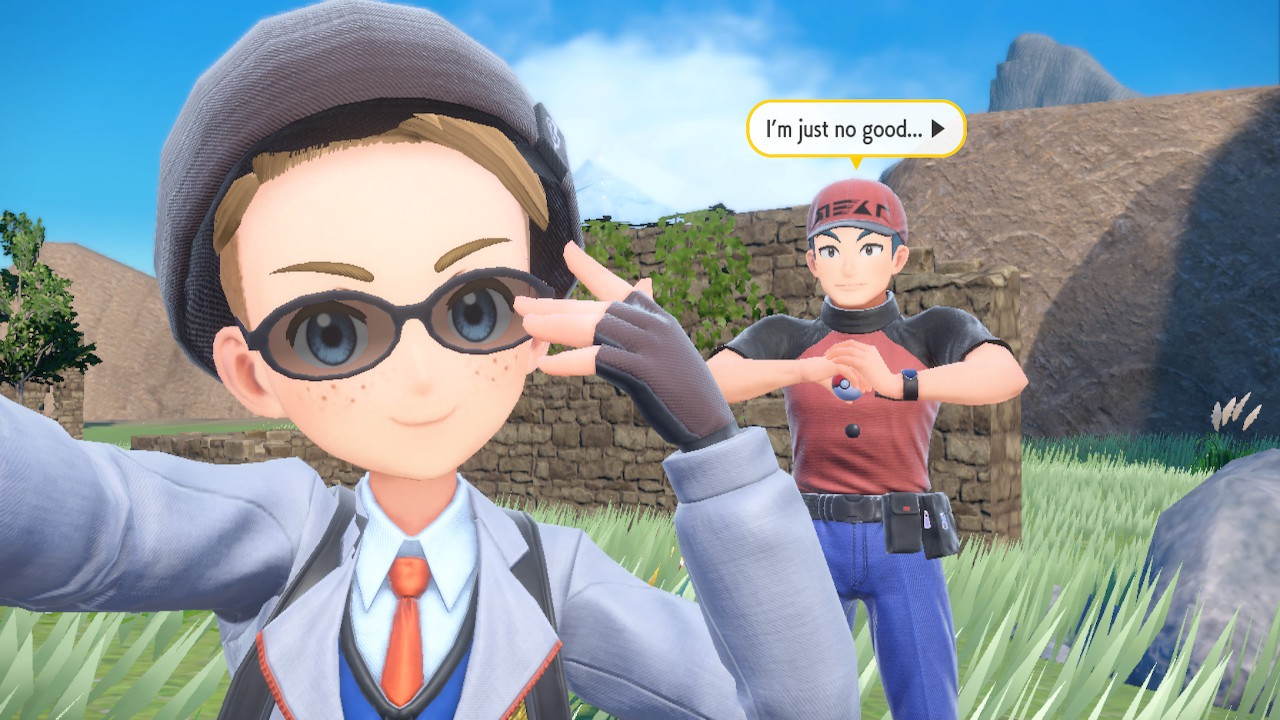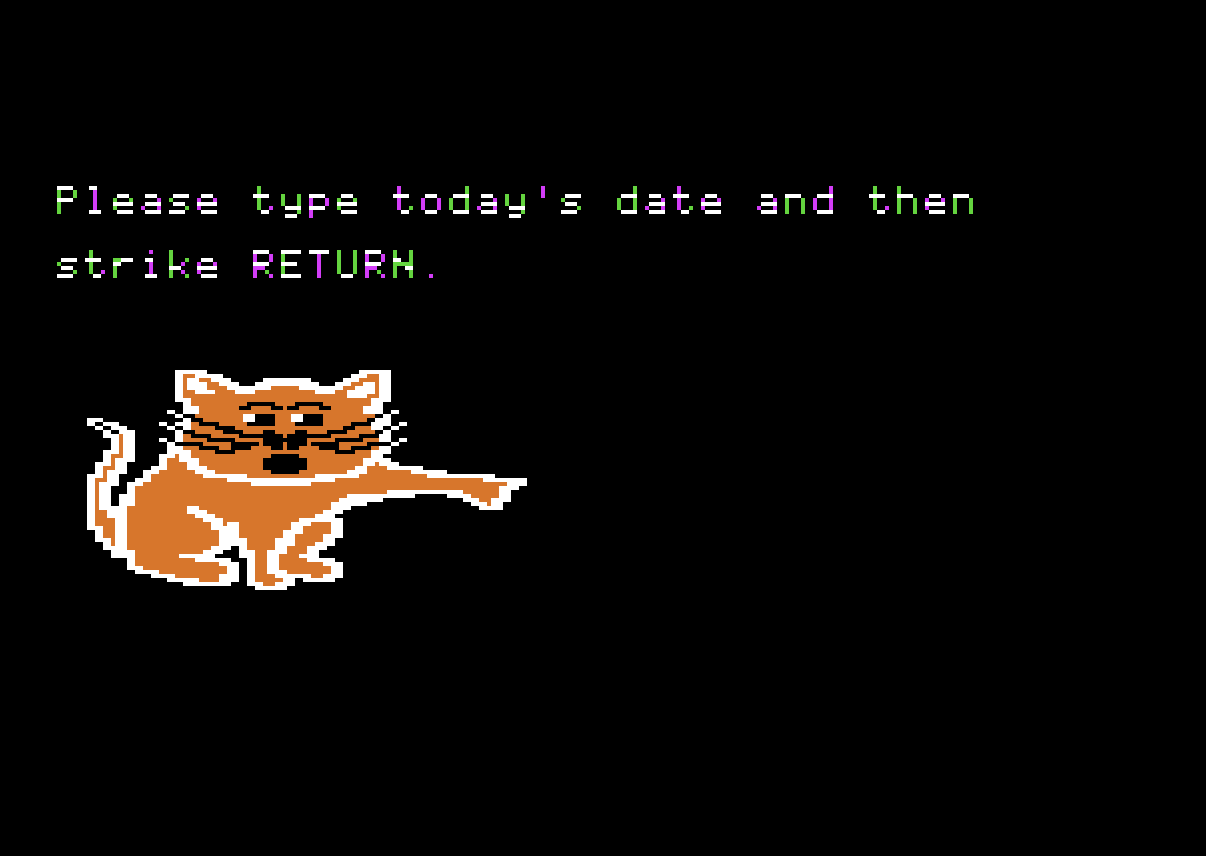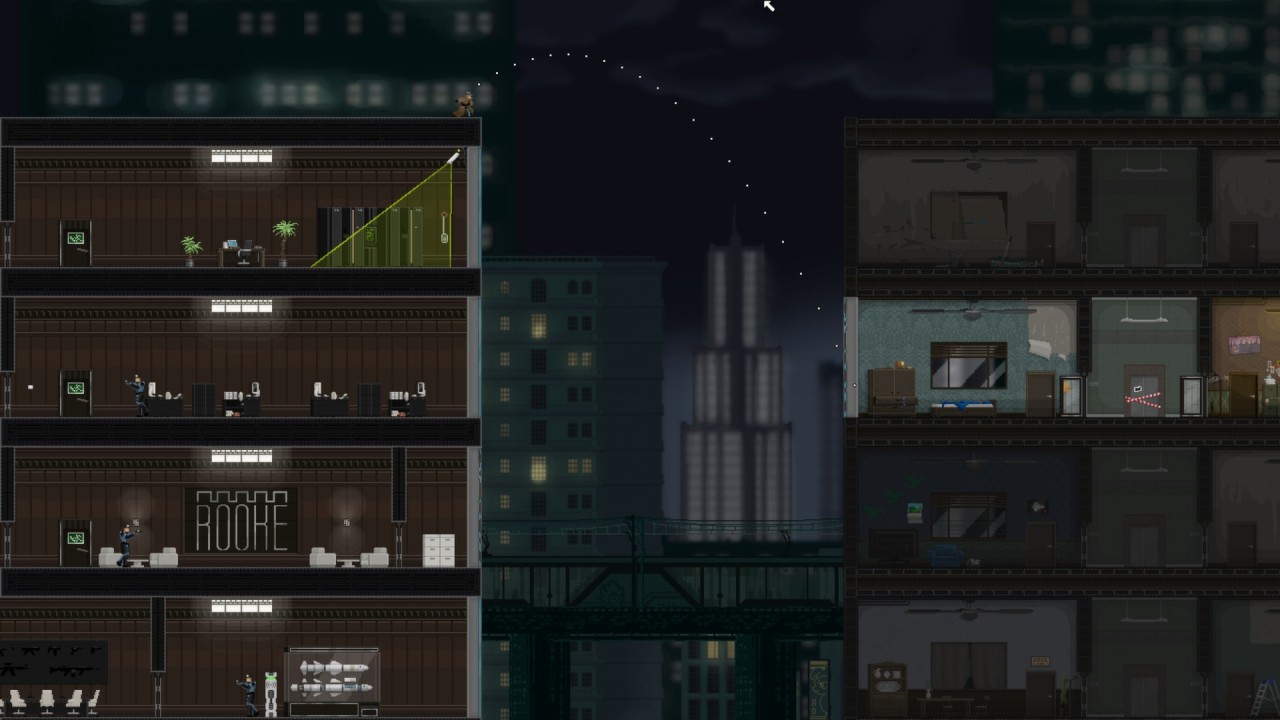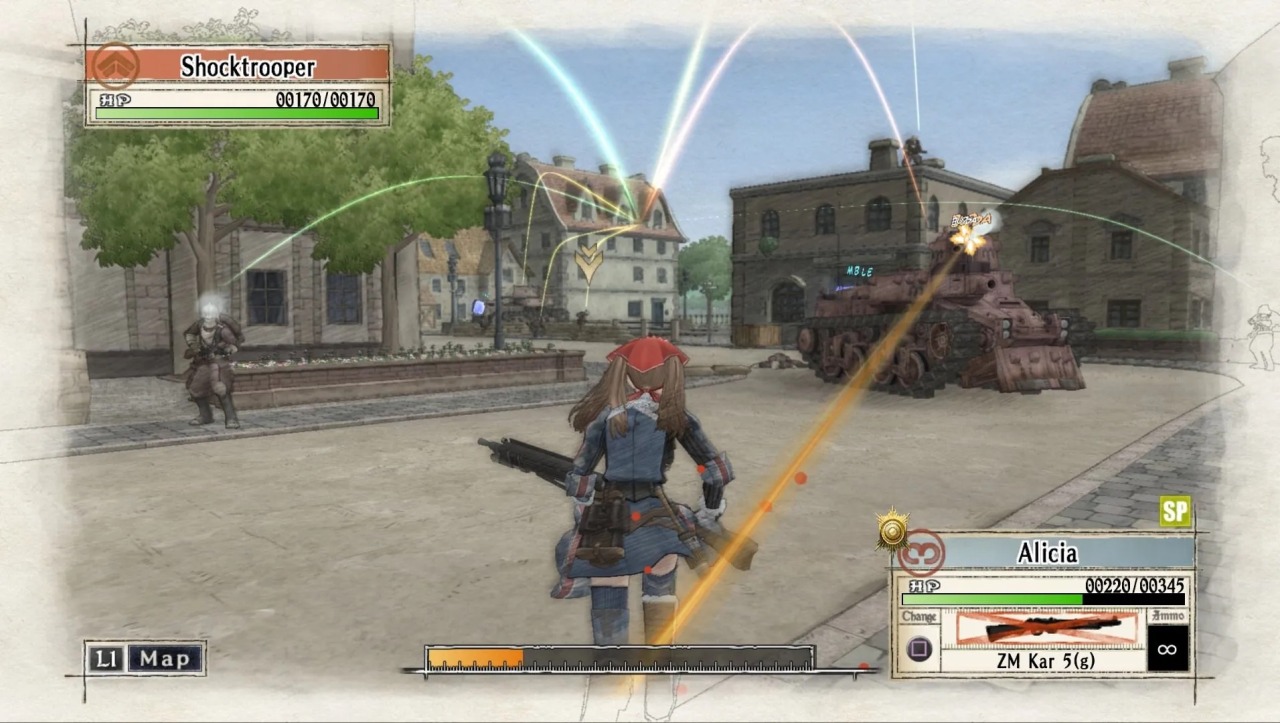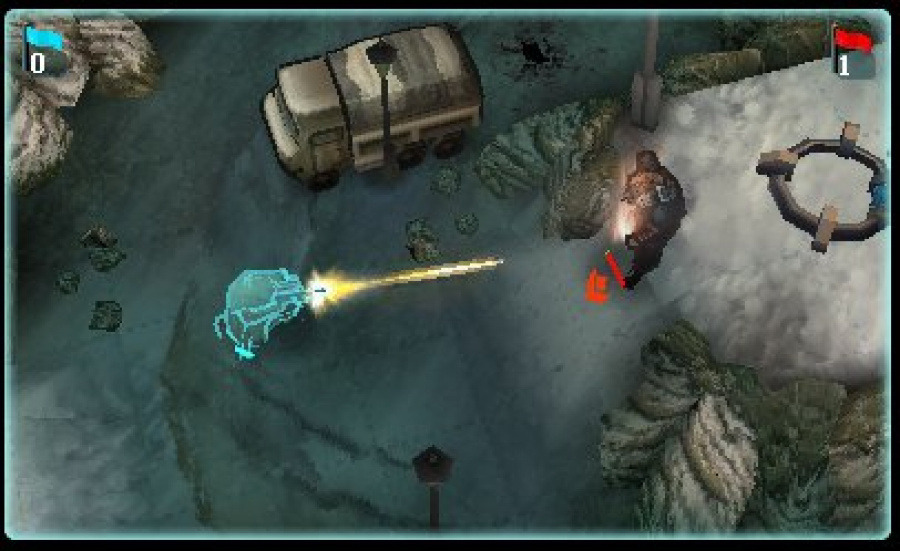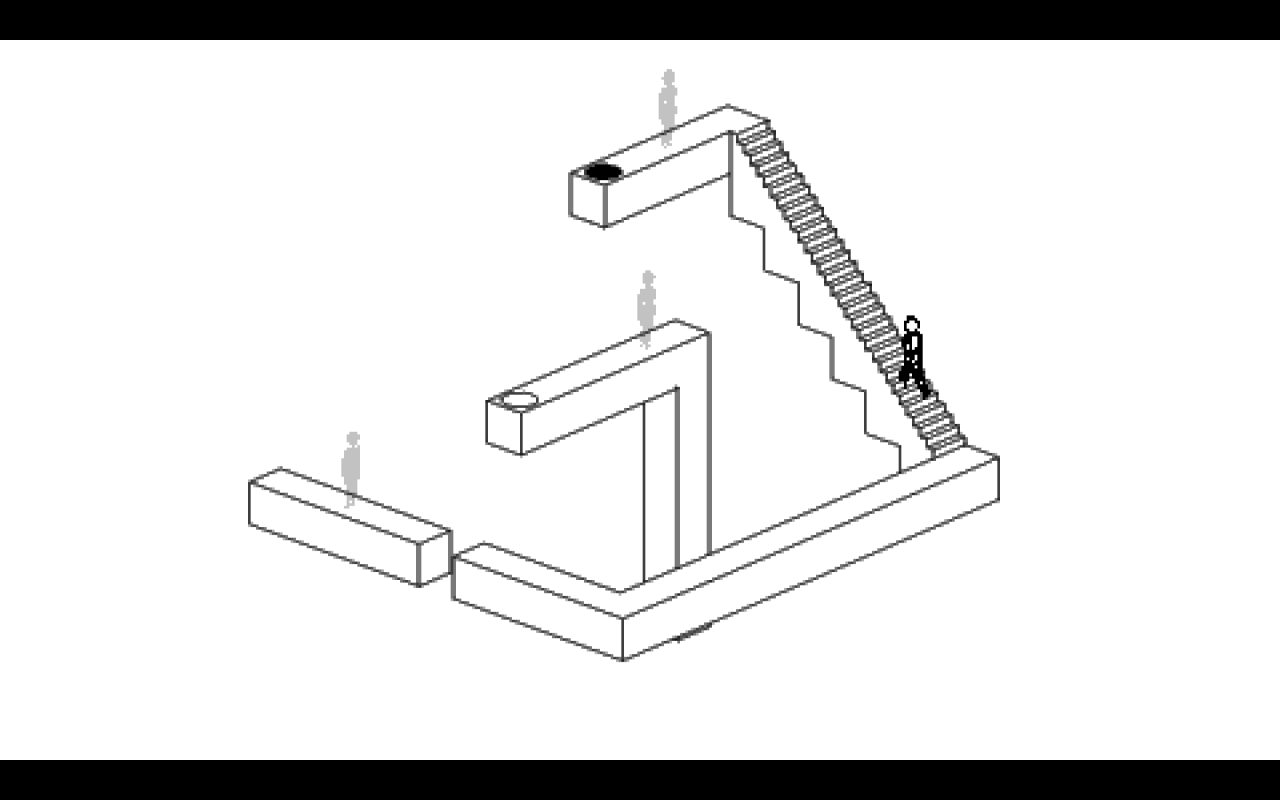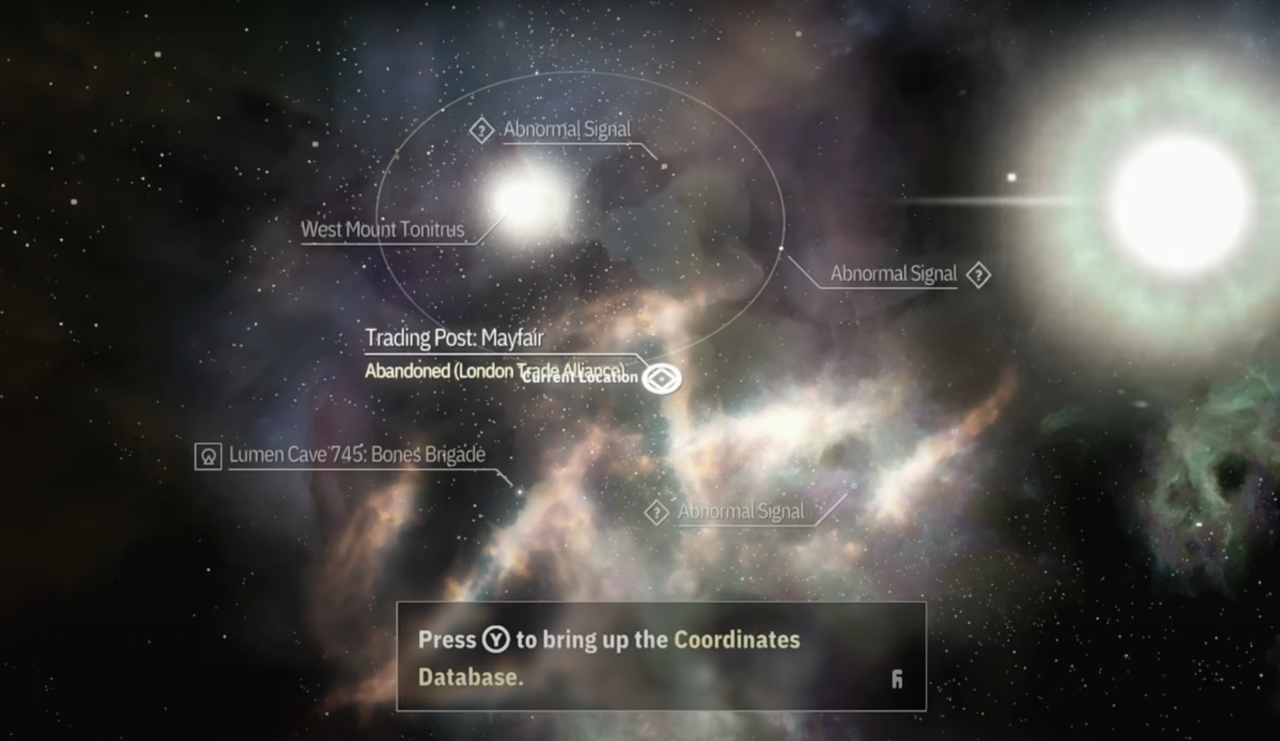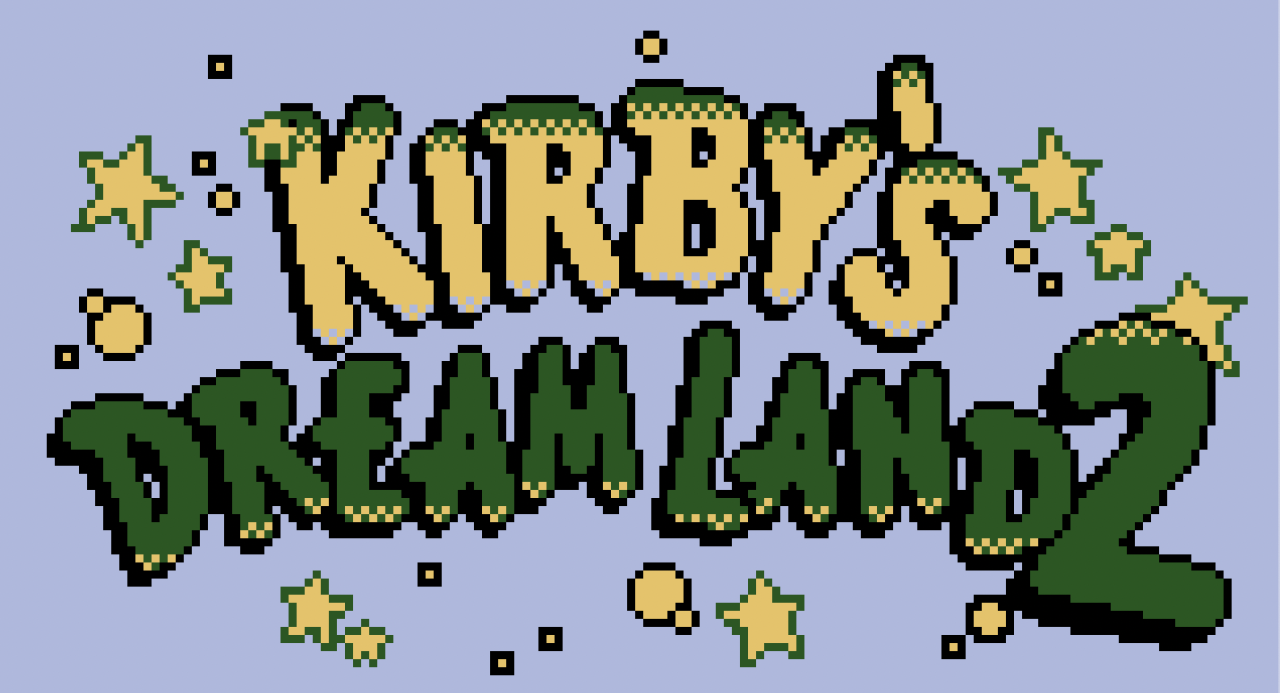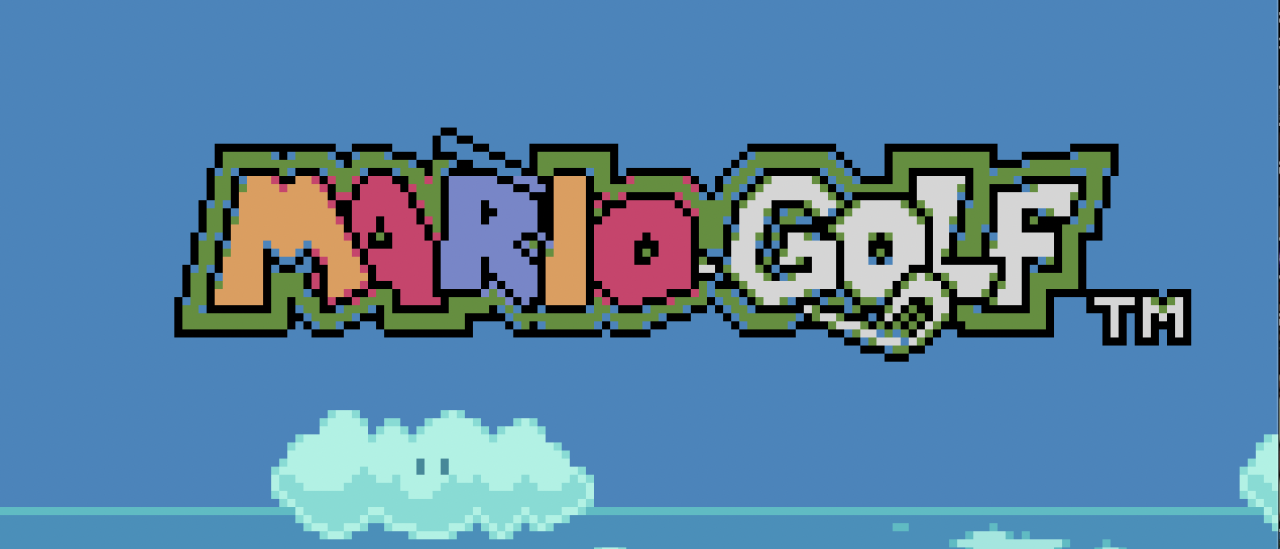This is the next game in my Backlog Roulette series, where each month I spin a wheel to randomly select a game on my massive backlog that I must play (though not necessarily to completion). These wheel spins occur on the monthly preview episodes I co-host with my friends on The Casual Hour podcast.
If you know me at all, you know I love Intelligent Systems. They’re a developer who has made some of my favorite games and franchises of all time — Fire Emblem, Advance Wars, Pushmo, WarioWare, Paper Mario, the Super Nintendo port of SimCity, Tokyo Mirage Sessions #FE. With this many bangers, you start to think they just can’t miss.
But they can miss. And sometimes, they miss hard.
Shadow president Lincoln is one of the few high points.
Code Name: S.T.E.A.M. is one of those hard misses. On paper, the pitch is compelling: a 3DS turn-based strategy game where you take a steampunky, alt-history crew of folklorish and literature legends led by Abraham Lincoln, and fight off an incoming alien invasion. I mean, that sounds so bombastically dumb and fun. And then you start playing it.
Code Name: S.T.E.A.M. is not fun to play. It’s closest analog would be something like Valkyria Chronicles (a series I haven’t loved, despite really wanting to), where you navigate levels and make attacks from a third-person, behind-the-back view. It works in Valkyria Chronicles, games you play on a TV or on the luxurious screen of a PlayStation Vita. On the 3DS (even an XL), the cramped conditions make for a frustrating time.
Valkyria Chronicles’ behind the back works just fine when you got the screen real estate to handle it.
Valkyria Chronicles also has the benefit of an overhead map you can pull up any time (y’know, in case you want to do some strategy in your strategy video game). Code Name: S.T.E.A.M. does not, forcing you to memorize a quick fly-through of a level before dumping you in. The game’s director, Paul Patrashcu, says this was to “remove abstraction” and make the game more like a shooter, thinking this would be approachable to players new to strategy games. I don’t know what mapless shooters Paul’s talking about here. Maps are all over shooters, Paul. Put a map in your fucking video game.
But Code Name does bring over one of Valkyria’s worst mechanics fully intact: Enemy overwatch. You see, even though both games are technically turn-based, you are able to move around your characters in pseudo realtime on your turn. Enemies can’t move on your turn, but if you walk into their sight lines, they can and absolutely will shoot at you. And unlike a game like XCOM where overwatch is procc’d once and then it’s over, in Code Name, they’ll just keep doing it until you walk out of their sight, kill them or end your turn. On one hand, it is fair (a number of your fighters have overwatch capabilities too), but it does expose another problem players of Code Name will have to deal with: Weapon ranges…or the lack thereof.
Seen here: Tom Sawyer about to get overwatched to fucking death.
You see, enemies inherently know their own ranges, so they’ll shoot as soon as you walk within it. But your weapons don’t really have an explicitly-stated range. Instead, as you inch closer to foes, you’ll eventually see their names and health bars pop up. That’s generally when you can start hitting your shots, but you can definitely still miss, especially for guns that shoot multiple shots per attack. There are no indicators for how and when this will happen, just a hidden dice roll that will sometimes bend you over at random. Some weapons, like artillery explosives or pounce attacks do give you a trajectory indicator, but those weapons can’t use overwatch, so they’re more situational in use and can’t be relied upon entirely.
Weapon ranges are too abstract, except the ones for artillery apparently.
But what’s it really matter anyway when you don’t know how effective your shots will be even if they do connect? Sure, you can see an enemy’s health bar, and you can also see how much of a chunk you’ll take out of it will a full hit, but you’re only given a hard number for your damage when you hit, and you’re never given any numbers about the enemies’ health. OK, my Eagle Rifle can do 25 damage per bullet, and yeah, if I squint my eyes at the tiny health bar on the tiny screen, that looks like it might be taking off about 30% of their HP, but we’re dealing with some very fuzzy math here, which leads to more shrugging and guessing than calculating and risking. It’s a system built on almost entirely on feel, which isn’t ideal when your game feels awful. Is basic subtraction also too abstract, Paul?
There are lots of other annoyances as well. Enemy turns take forever (even after the dev patched in a speed up switch after launch), and because you have no tactical map of any kind, you mostly spend enemy turns looking at walls or empty hallways as the game moves patrols around for 10-20 seconds every time. The presentation is grating, with the same voice clip yelling “PLAYER TURN” and “ENEMY TURN” at the beginning of Every. Single. Turn. The character design is fine, I guess. The Silver Age comic look’s big, black outlines do help to make the models pop on the small screen. But also, the first two characters they give you are Henry Fleming (based on the character in The Red Badge of Courage), and the folk hero John Henry. Why they give you two guys both named Henry right off the bat, I have no idea, but it is stupid and confusing when someone yells “Henry,” and I don’t know who they’re talking about, which they do a lot in the beginning of the game.
Ah yes, swords: The perfect weapon in a shooting game.
Because this game is on the 3DS and is made by Intelligent Systems, it does have some amiibo support. You can scan in four different Fire Emblem amiibo (the four that were out at the time of the game’s development: Marth, Ike, Robin and Lucina) to get their corresponding playable characters in Code Name. For a bunch of sword fighters, they do surprisingly well in fights, but they do have a very odd drawback. If any of the Fire Emblem characters die in a mission, they leave your team completely and can’t come on another mission unless you scan that amiibo again. I can’t decide if that’s a permadeath reference for a core mechanic in Fire Emblem games or if that’s a way to encourage you buy the amiibo rather than just borrowing them from a friend one time to unlock the goodies, but either way, I can tell you it’s very annoying to have to carry around four amiibo on the off chance one of them bites it while you’re out and about.
I think it’s admirable to try and make a strategy game that is accessible and approachable for people unfamiliar with the genre. But this isn’t it. Mario + Rabbids is that. Marvel Snap is that. Fire Emblem: Awakening and Advance Wars are that. SteamWorld Heist is that (it even has “steam” in the title, making Code Name: S.T.E.A.M somehow even more irrelevant.)
Play SteamWorld Heist instead. It’s so much better!
Look, if you couldn’t tell by now, I think this game is pretty awful in almost every aspect. It’s very funny that Ulysses S. Grant can interact with Dorothy from The Wizard of Oz, and Tom Sawyer can ask questions about the Necronomicon, but the game all this silly bullshit is attached to is a boring, unintuitive and vague mess. I am baffled how a developer as good at making strategy games as Intelligent Systems is could make something so bad. And I hope I never have to think about it again.
